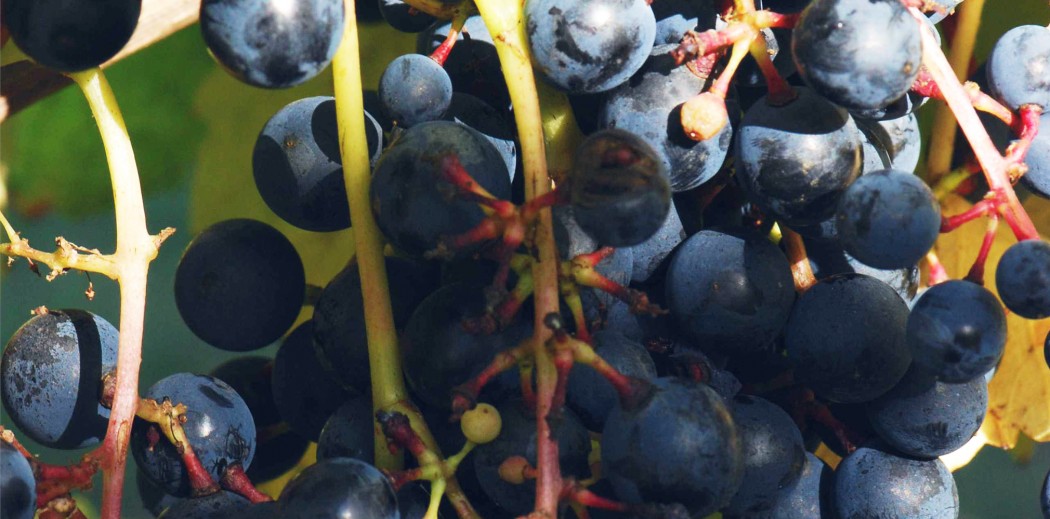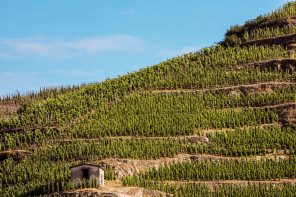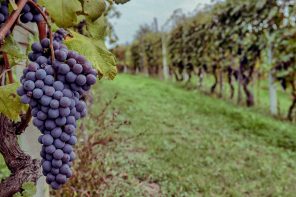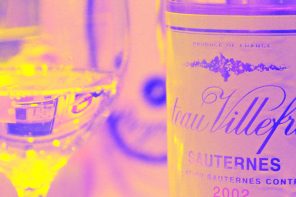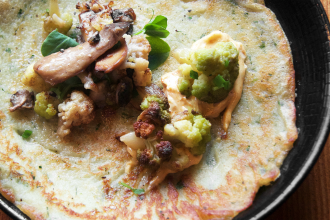Some things leave little to the imagination, and Tannat’s name is one of them. It shouldn’t shock anyone that the dark red grape is extremely – occasionally ferociously – tannic. But there’s plenty a name can’t reveal, like Tannat’s ability to age or its adventure-riddled history, cavorting from Madiran, France to Uruguay where it is now the country’s sweetheart.
Like a lot of the world’s more popular wine, Tannat is French. Its origins lie just north of the Basque region, a rugged area straddling France and Spain that produces wine as dry and formidable as the landscape. The grape is nearly synonymous with the village of Madiran, where clay and stony soils which keep the grape’s intense compounds more approachable. Full-bodied, it generally will have notes of smoke, spice, and raspberry and other darker fruits.
Tannat’s not a fussy traveler and it was soon brought to Argentina, Australia, the U.S., and some areas of Italy. However, it was when Basque settlers landed in Uruguay in 1870 that Tannat really found a place to call its own – it’s become the country’s national grape and has gained international recognition. It’s softer than its ancestor, its tannins notably, if relatively, subdued. That’s because these grapes descended from pre-phylloxera cuttings that traversed the oceans back in the 19th century.
In a rare twist, Uruguayan Tannat is very acidic and complex – in other words, it displays more classic French wine characteristics than French Tannat. Now, the grape is grown significantly more in the South American country than in its homeland.
Why didn’t the latter preserve the older style? Because that’s not what consumers are demanding. Varietals like Merlot and Syrah, easier to drink and more alcoholic, currently reign, edging out their more acidic counterparts or changing how producers approach them. Winemakers are turning to micro-oxygenation and oak aging when dealing with Tannat to introduce more approachability and notes of wood and vanilla. In southwest France, it’s often blended with Cabernet Franc, Merlot, and Fer Servadou, while in the heart of the Basque region, it’s added to Tursan, Côtes de St. Mont, and Côtes du Brulhois. Finding 100% Tannat wines is rare, as traditional Madiran appellation laws mandate it be blended with Cabernet Franc or Cabernet Sauvignon, although a few entrepreneurial winemakers are testing this out.
Uruguay, however, prefers to get more adventurous and blend it with soft wines that are almost on the other side of the red spectrum from Tannat. There, it will be paired with Pinot Noir or Merlot, opening up a broad range of potential flavors.
It’s dubbed Harriague in Uruguay, but if you’re looking for a bottle, don’t worry about your practicing your pronunciation. It’s often labeled “Uruguayan Tannat” on shelves to reduce confusion.
Admittedly, Tannat is more of a winter wine. It’s the perfect compliment to heartier meals and cooler weather – think rich, indulgent dishes like lamb that can hold up to its strong notes.

